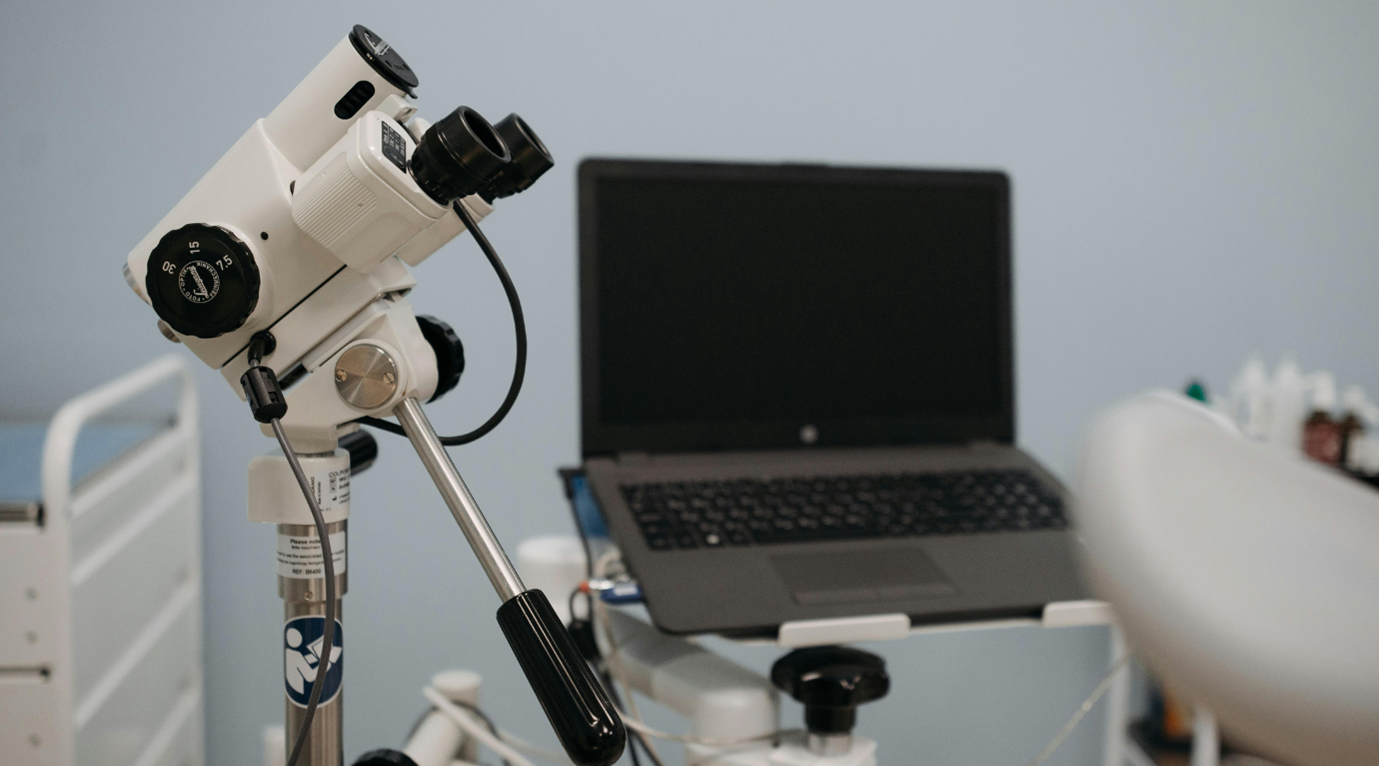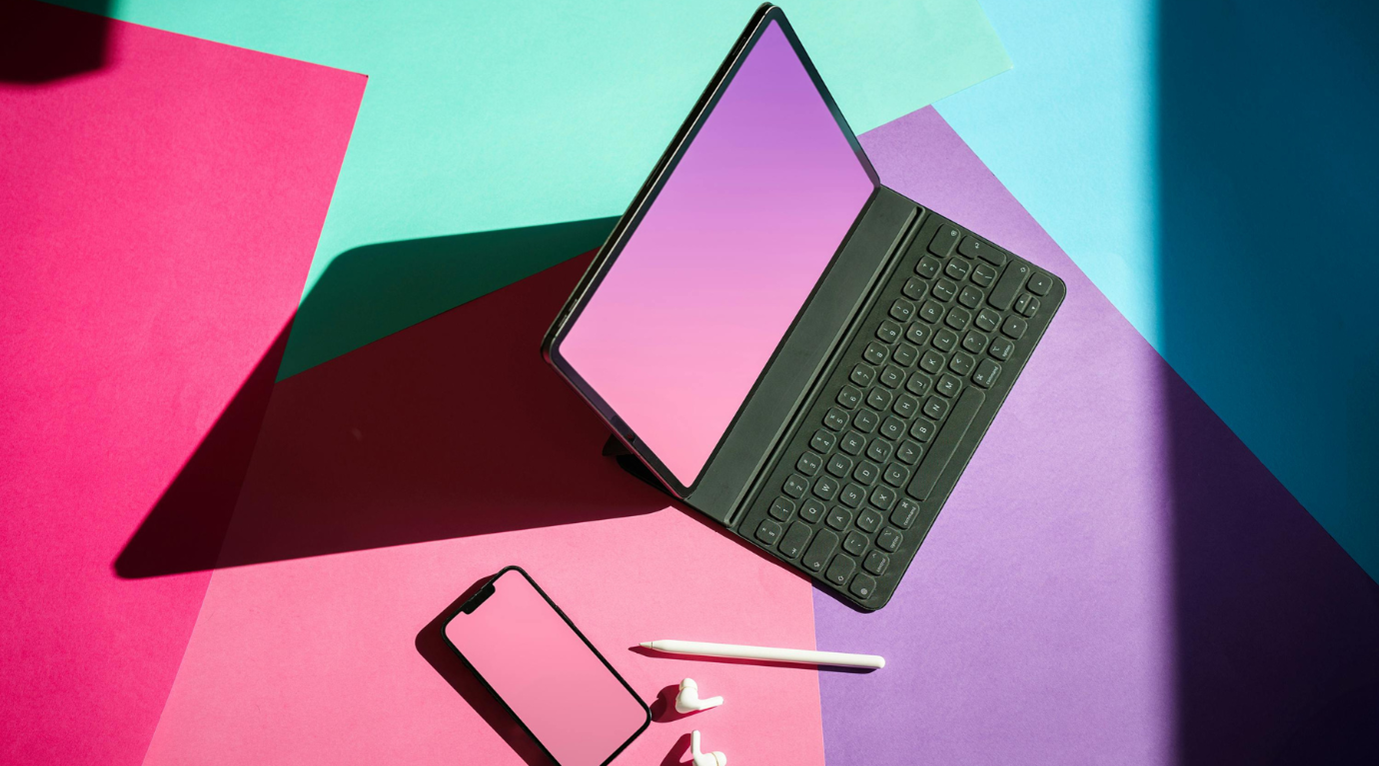The Role of a Health Tech Designer: Shaping the Future of Healthcare

In 2025, the global digital health industry is expected to reach $197.90 billion; with a compound annual growth rate (CAGR) of 6.89% between 2025 and 2029, ultimately achieving a market volume of $258.30 billion by 2029 – research indicates.
This surge in digital health solutions has been accompanied by challenges such as poor interaction design and inadequate patient experiences, which often undermine the potential benefits of innovative health technologies. A recent study highlights that while design frameworks like the Double Diamond or IDEO’s HCD are effective in many fields, they require significant adaptation for the complexities of healthcare. It’s here that the health tech designer emerges as a pivotal figure, crafting user-centric solutions that cater to diverse stakeholders while navigating a maze of regulatory, contextual, and technical challenges.
In this article, we explore the crucial contributions of health tech designers, the challenges they face, and how their expertise shapes the future of healthcare. Along the way, we’ll also discuss the role of professional design services that specialize in transforming complex requirements into actionable, patient-centered solutions.
Why Health Tech Designers Are Essential
The healthcare industry is one of the fastest-growing sectors globally, with an expected market value of $320 billion by 2028 in India alone. Amid this growth, the need for seamless and user-centric digital solutions has never been more critical.
Unlike designers in other fields, health tech designers operate in high-stakes environments where even minor usability issues can have life-altering consequences. For instance, a poorly designed glucose meter interface once led to patients misreading their glucose levels, resulting in incorrect insulin dosages and severe health risks. These examples underscore the importance of designing healthcare products with precision and empathy.
Moreover, the COVID-19 pandemic accelerated the adoption of digital health solutions, from telemedicine apps to contact tracing tools. This shift has placed health tech designers at the forefront, tasked with creating products that cater to a wide range of users, including patients, caregivers, and healthcare providers. Their work involves ensuring these solutions are intuitive, accessible, and capable of addressing complex healthcare challenges.
Professional services in UX design for startups play a crucial role here, helping companies embrace agile frameworks to innovate rapidly and deliver scalable healthcare solutions. By leveraging these methodologies, health tech designers can stay ahead in this competitive field.
Ready to transform healthcare with innovative design?
Let’s shape the future of health tech together!
Get StartedDesigning for Complex User Needs
One of the key responsibilities of a health tech designer is to understand and address the diverse needs of users. Unlike other industries, healthcare often involves users with varying levels of tech-savviness and unique requirements. For instance:
- Patients: Designers must create tools that are simple and empowering, whether it’s a telehealth app or a wearable device that tracks vitals.
- Healthcare Providers: Usability is critical for tools like electronic health records, as providers need quick access to patient data in high-pressure situations.
- Caregivers: Many digital healthcare products need to accommodate caregivers who manage treatments or appointments on behalf of patients.
Successful health tech designers employ a user-centered approach, utilizing tools like journey mapping and low-fidelity prototypes to visualize workflows. Collaborative frameworks also play a significant role, enabling seamless interaction between design teams, engineers, and subject matter experts. This process ensures that products are not only functional but also deliver meaningful value to all stakeholders involved.
The refinement of these workflows often involves conducting UX audits to identify usability gaps and improve the effectiveness of the product. Continuous refinement helps maintain peak usability and ensures that health tech solutions remain relevant and reliable.
Emerging Trends in Health Tech Design
The rapid evolution of technology has opened new avenues for health tech designers to innovate. Here are some key trends shaping the future of healthcare UX:
1. Designing for an Aging Population
By 2060, nearly a quarter of the U.S. population will be over 60 years old. Designing for older adults requires understanding their unique needs, such as vision impairments or reduced dexterity. Health tech designers must prioritize accessibility features like adjustable text sizes, clear navigation, and voice-enabled interfaces to ensure inclusivity.
2. Big Data Visualization
The integration of big data in healthcare has transformed how we manage and analyze patient information. For example, glucose sensors now provide continuous monitoring, generating massive amounts of data. A health tech designer plays a vital role in converting this data into actionable insights through intuitive dashboards and visualizations, enabling healthcare providers to make informed decisions.
Data design services are invaluable in this context, as they focus on creating visuals that make complex data accessible and actionable for both patients and healthcare professionals.
3. Virtual Reality (VR) in Healthcare
Virtual Reality is revolutionizing healthcare by offering immersive training for surgeons and therapeutic experiences for patients. For instance, VR simulations have been shown to improve surgical performance by 230%. Health tech designers are responsible for creating user-friendly VR interfaces that maximize the potential of these applications while ensuring ease of use.
4. Artificial Intelligence (AI)
AI is poised to transform diagnostics, treatment planning, and patient care. However, designing for AI in healthcare requires building trust and credibility. Health tech designers must focus on transparency, ensuring users understand how AI-driven recommendations are generated. This approach fosters confidence and improves adoption rates. UX services tailored to AI solutions are instrumental in bridging the gap between complex algorithms and user-friendly interfaces, enhancing interaction and usability in healthcare applications.
Companies leveraging enterprise platform experience (EPX) design can also align these trends with user needs, creating innovative solutions that push the boundaries of healthcare technology.
Addressing Common Misconceptions
Despite their growing importance, health tech designers often face misconceptions about their work. Let’s address a few:
- Health tech design is only about aesthetics. While visual appeal matters, functionality and usability are the core priorities. Health tech designers ensure that every element serves a purpose, whether it’s simplifying workflows for doctors or empowering patients to manage their health effectively.
- Healthcare products are too technical for good UX. The complexity of healthcare does not excuse poor design. In fact, intuitive interfaces are even more critical in high-pressure medical environments.
- Health tech design is only for tech-savvy users. A well-designed product should accommodate users of all skill levels. Accessibility and inclusivity are non-negotiable aspects of healthcare UX.
These misconceptions highlight the need for expert service design strategies that engage and retain users across various healthcare scenarios. By collaborating with professional teams, companies can overcome barriers and deliver exceptional user experiences.
The Future of Health Tech Design
The role of a health tech designer is indispensable in shaping the future of healthcare. By combining empathy, technical expertise, and a user-centered approach, they create products that improve lives and drive innovation in the industry. From big data visualization to VR interfaces, the possibilities for health tech design are limitless.
At Neuro Interactive, we specialize in crafting user-centric healthcare solutions that seamlessly blend functionality with innovation. Our expertise ensures that your health tech products deliver exceptional user experiences while addressing the complex demands of the industry. Ready to redefine healthcare design? Let’s create something extraordinary together.
 Back
Back


